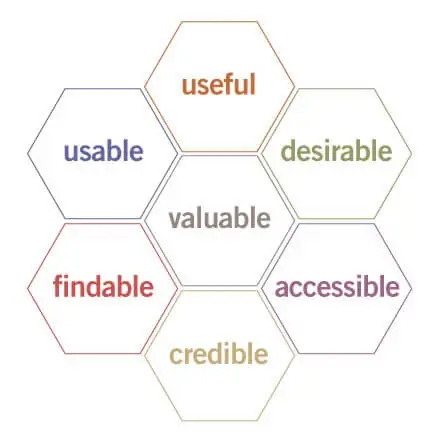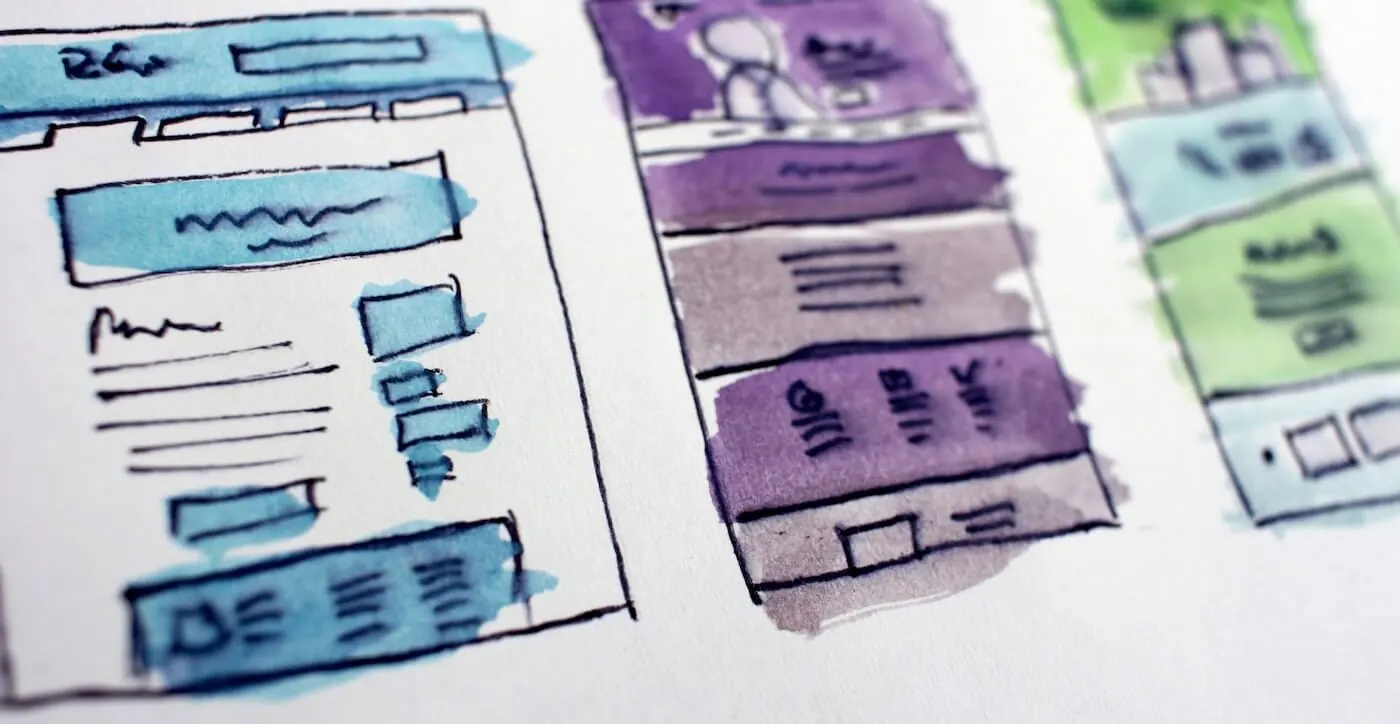Your brand may have the visual design. It may be on point with every piece of copy written, perfectly connecting viewers to your purpose with every word on the page. And the technicalities of ongoing SEO efforts may expose your brand in a way that connects with potential customers exactly when they need it.
All of this to say—no matter how many individual components may be in place across your digital marketing strategy—they’re only as good as the full experience they help to create. ‘Good,’ in this instance, being a factor of the number of website visitors led to convert.
Many marketers have a tendency to hyperfocus on individual contributing elements as a way of tiering up towards the larger whole. Doing so, however, can often lead a brand’s digital assets to feel disjointed and at times, even competing with one another.
In reality, a customer is not evaluating their interactions with your brand based on the sum of its parts; they’re swayed or deterred based on the overall experience.

The Difference Between UX and UI
Getting a potential customer in the front door—i.e. leading them to click on an ad and visit your website—does not guarantee conversion. If only it were that easy, right? In fact, there are a number of potential steps standing in between you, them, and the sale.
This is why people often tout, but never talk about enough, the value of quality user experience (UX). To understand what UX is and why it’s so valuable for brands to devote time towards, it’d be worth establishing what it is not.
UX is not the same as UI.
While these two closely related acronyms certainly intertwine and contribute to the success of the other, there are some key differences worth noting. User experience is all about how a person is made to feel when interacting with your brand’s website. User interface (UI) on the other hand relates more to a website’s vanity aspects (i.e. layout, visual design, navigation, etc.).
Why Does User Experience Matter?
Digital marketing strategies are continuous plays to convince, never force. You can’t make your audience do anything. You can only lead them down the desired path up until the point where they either decide it was all worth it or turn back.
Thinking about that path as an experience, it becomes incredibly valuable for your brand to understand the feelings, thought processes and reactions of your potential customers. Those are what will influence the individual elements at play (i.e. design, content, etc.) to shape a better whole.
To help frame this idea even more, consider Peter Morville’s UX Honeycomb framework:

In order to create a positive experience on behalf of your customers, you need to remain mindful of these contributing facets. While you may prioritize some of these aspects higher than others based on your brand’s intentions and identity, they help to define an approach that’s better geared towards success.
How to Create User Experiences That Convert
Leading your website users to choose the most desired path is about creating an environment that’s tailored to do so, right? If that’s the case, providing the best possible experience becomes a factor of the following considerations.
User Testing
Sometimes the only way to develop an experience your customers enjoy is to bring their opinions into the mix. User testing is a common practice among many companies, big and small. It’s a way save time and zero in on feedback, straight from the source, that’ll best inform where to focus brand efforts.
And while some may go the route of conducting interviews over the phone or in person, there are a number of remote testing options that are both effective and affordable.
Design
Design is an element that bleeds into UI when considering how important things like typography, color, animation and more can be for evoking feeling. Of course, you also need to think about design in the sense of structure. You want to ensure that users are always able to find exactly what they’re looking for when visiting your website.
With regards to a blog, this could be a matter of readily surfacing related content or incorporating a search bar. For product views, maybe this becomes a matter of establishing further value and credibility by emphasizing reviews. From a design perspective, the idea is to anticipate your visitors’ needs before they ever realize them and provide accordingly.
Invest in Quality Content
If design is the framework for moving potential customers through the marketing funnel, consider the content a driver for keeping them engaged. You want your online experience with an audience to feel humanized and authentic; something that educates, informs, and provides enough context to naturally foster conversion-based conversations (as opposed to constantly hitting people over the head with ‘buy now’ messages).
Ready to opt for uniform experience over silos when it comes to your brand’s digital marketing efforts? Connect with us today to better connect with your customers tomorrow.




